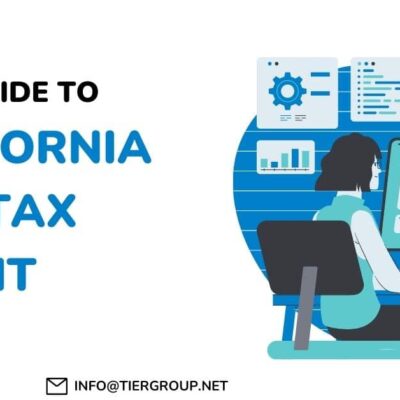
Massachusetts Research and Development Tax Credit
The state of Massachusetts offers refundable research and development (R&D) tax credit under The Economic Development Act, St. 2014, c. 287, revised the research credit provisions in G.L. c. 63, § 38M. It is effective for tax years on or after January 2015.
In 2018, the calculation method was revised a bit that now offers organizations an option of choosing to have the research credit calculated with a more simplified method.
Key Differences Between The Federal And Massachusetts Research Credits
There’s no big difference between the Massachusetts research credit and the federal research credit, except for the few things as follows:
The R&D tax credit in Massachusetts is equal to the sum of
- 10% of the incremental qualified research expenses, And
- 15% of the incremental basic research payments.
When there is no qualified research expense in any one of the three taxable years preceding the taxable year for the taxpayer, they get the credit of 5% of the taxpayer’s qualified research expense for the taxable year.
The limit of credit amount is 75% of such liability over $25,000 and 100% of the organization’s first $25,000 of corporate excise tax liability.
- The credit cannot lower the tax below $456
- Under chapter 63, S corporations can apply for an R&D tax credit against its excise tax due; however, sharing of excess credit with its shareholders may not be allowed
- For partnerships, joint ventures, and other unincorporated entities, the paid or received credits shall be attributed to the owners
In case of unused credits, businesses can carry it over to future years. There are two ways to do this:
- The disallowed credits that are not given the unlimited status can be carried forward for 15 years
- The disallowed credits under the 75% limitation can be carried forward for an unlimited period
The entities eligible for Massachusetts research credit
- C-corporations
- S-corporations
What Are The Benefits Of the Massachusetts R&D Tax Credit For Businesses?
After January 2015, the fixed-base percentage calculation does not depend on the taxpayer’s first years of existence or the 1980s data. It is now calculated on a rolling basis that depends on the aggregate qualified research expenses over the average gross receipt for the 3rd and 4th taxable years. While the recordkeeping requires minimal management, the taxpayers that were once unqualified for the credit can now be eligible.
The most prominent benefit of the R & D tax credit in Massachusetts is that it allows taxpayers to choose the alternative simplified method to claim their research credit.
However, corporations should calculate credit using both methods to determine which is the most beneficial for every taxable year. Professional tax consultants offer necessary assistance to companies to determine the most beneficial approach for both state and federal research credit.
Find Out If Your Activities Qualify
The research and development tax credit is a lucrative incentive for businesses that are engaged in innovations. Considering the new and permanent nature of this credit, this is the best time to consider if your research activities qualify for this major cash-saving opportunity.
The TIER Group provides expertise in how to apply for the R&D Tax Credit in Massachusetts through developing business plans and preparing tax returns. Having served hundreds of businesses and startups, our specialists know how to go about applying for it.
Find out if your business qualifies for Research Credit in Massachusetts. Book your call today to get your FREE assessment!
Click here to calculate your tax credit.


